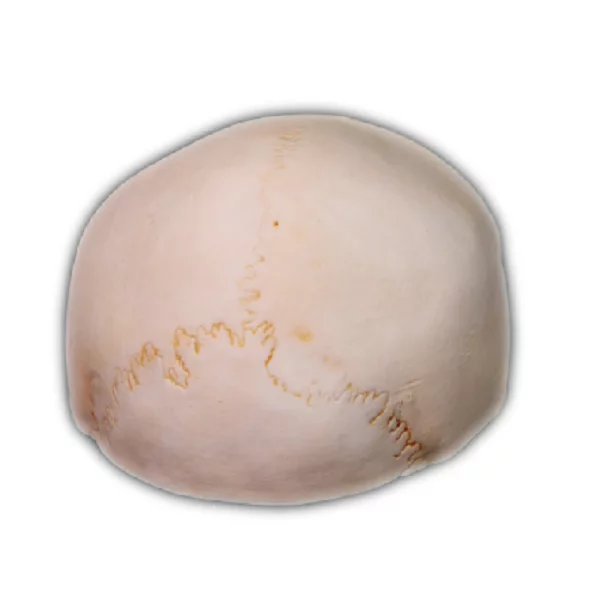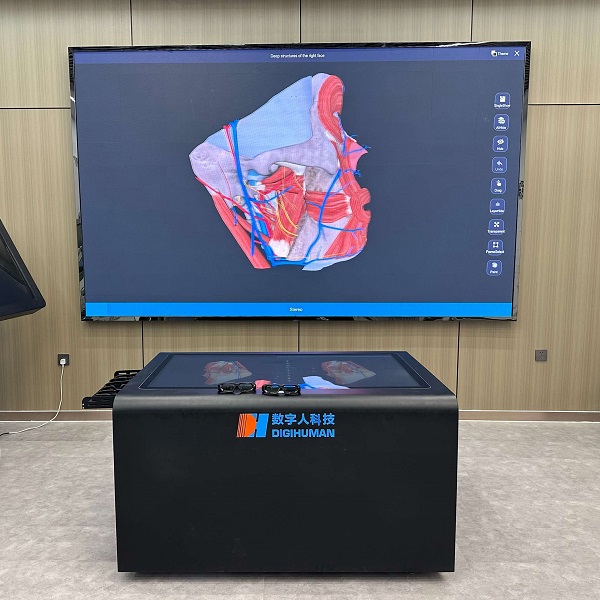
As technology continues to advance, it has revolutionized various industries, including education. In the field of anatomy study, innovative tools have emerged to enhance learning and understanding. These tools provide students with interactive experiences that allow them to explore the human body in ways that traditional textbooks cannot.
The Advantages of Anatomy Study Tools
anatomy study tools offer several advantages over traditional methods. Firstly, they provide a three-dimensional representation of the human body, allowing students to visualize complex structures more effectively. This visual aspect aids in memorization and comprehension of anatomical concepts.
Furthermore, these tools often include interactive features such as quizzes and virtual dissections. Students can actively engage with the material by identifying different organs or performing simulated surgeries. This hands-on approach fosters critical thinking skills and encourages active participation in the learning process.
DIGIHUMAN: A Revolutionary Anatomy Study Tool
DIGIHUMAN is one such groundbreaking anatomy study tool that has gained popularity among educators and students alike. It offers an immersive experience through its highly detailed 3D models of the human body.
With DIGIHUMAN, users can navigate through different layers of tissues and organs with ease. They can zoom in on specific areas for a closer examination or rotate the model for a comprehensive view from all angles. The tool also provides additional information about each structure, making it an invaluable resource for studying anatomy.
Click what is a digihuman.
What is a Digihuman?
A digihuman refers to a digital representation of a human being created using advanced technologies such as 3D scanning and modeling techniques. It aims to replicate both external appearances and internal structures accurately.
Digihumans like those offered by DIGIHUMAN are not only used for anatomy study but also find applications in various fields such as medical research, animation, and virtual reality simulations. They serve as realistic substitutes for human subjects, allowing researchers and developers to conduct experiments or create lifelike characters with ease.
Conclusion

Anatomy study tools, including the revolutionary DIGIHUMAN, have transformed the way students learn about the human body. These tools provide a more interactive and engaging learning experience that enhances understanding and retention of anatomical knowledge. As technology continues to advance, we can expect further innovations in this field that will continue to revolutionize education.

